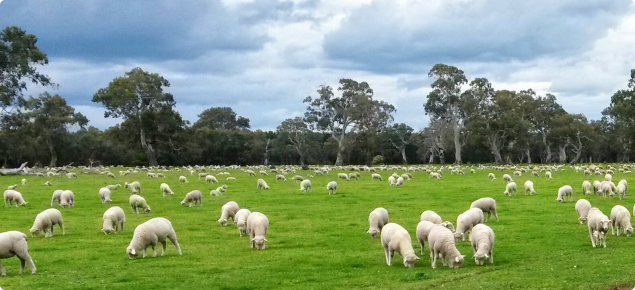Subterranean clover (Trifolium subterraneum L) is the main annual pasture legume in southern Australia, covering over 29 million hectares. A number of older varieties of subterranean clover contain high levels of the oestrogenic compound formononetin in their green leaves that is detrimental to sheep reproduction. These clovers (notably Dwalganup, Dinninup, Yarloop and Geraldton) can cause temporary and permanent infertility, reduced lambing percentages, uterine prolapse and dystocia (difficult births) in ewes, as well as increased lamb and ewe mortality – collectively termed 'clover disease'.
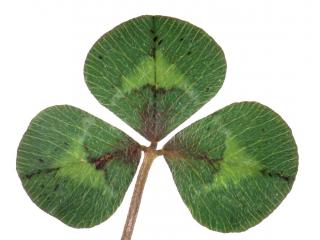
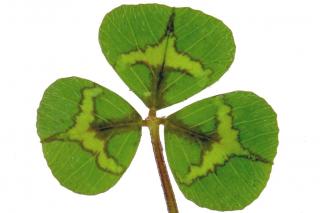
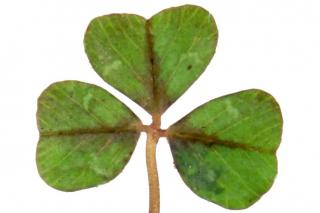
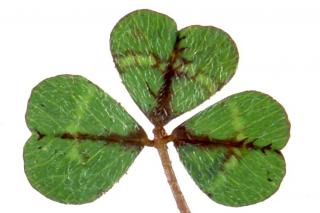
Many medium to high rainfall pastures of south-west Western Australia are based on these older cultivars of subterranean clover. Although, the classic symptoms of clover disease that characterised the disease up until the 1970s are reported less often, oestrogenic clovers likely still cause widespread subclinical infertility. This is most commonly observed as increased dry ewe percentages at scanning, or unexpected low lambing percentages due to a decline in ewe fertility.
There are also clinical conditions resulting from oestrogenic clover intake in the wether (castrated male). In wethers there can be swelling of the bulbourethral gland, lactation and blocked urethra which can lead to mortalities. Rams were previously reported to be unaffected by phytoestrogens, however the impact of exposure on male reproduction is less well understood and this research is continuing.
An ability to identify the subterranean clover cultivars with high oestrogen levels in a mixed pasture is the first step to mitigate the risk of clover disease in sheep. If the oestrogenic clover varieties dominate the pasture, then steps will need to be taken to reduce the seed bank of these varieties and resow the pasture with new varieties that have been bred for low levels of formononetin.
The Department of Primary Industries and Regional Development and the University of Western Australia, with funding from Meat & Livestock Australia, have recently released an online factsheet and ute guide to help producers identify oestrogenic clover varieties, assess their pastures and provides guidelines for management.
To access the ute guide:
- Download the ute guide
- Request a free copy to be posted to you
- Visit our DPIRD office at Esperance, Albany, Katanning and Bunbury for a copy.

